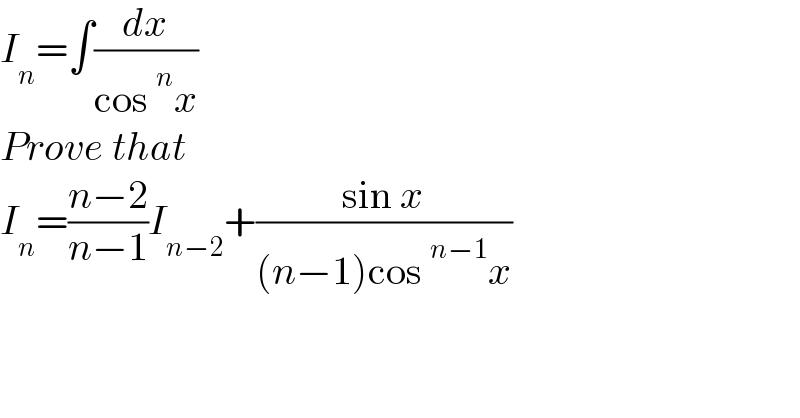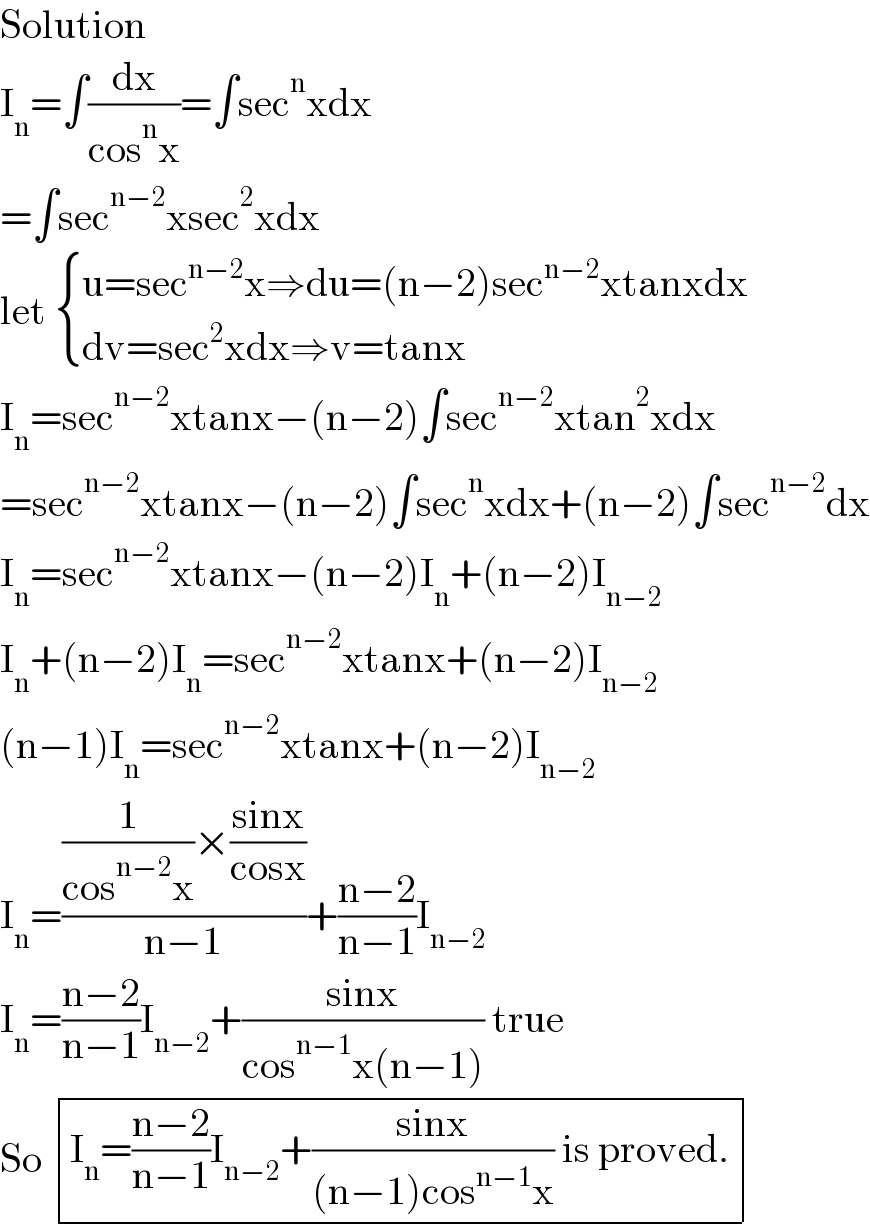
Question and Answers Forum
Question Number 167666 by LEKOUMA last updated on 22/Mar/22

Commented by peter frank last updated on 22/Mar/22

Answered by chhaythean last updated on 22/Mar/22

Commented by LEKOUMA last updated on 22/Mar/22

| ||
Question and Answers Forum | ||
Question Number 167666 by LEKOUMA last updated on 22/Mar/22 | ||
 | ||
Commented by peter frank last updated on 22/Mar/22 | ||
 | ||
Answered by chhaythean last updated on 22/Mar/22 | ||
 | ||
| ||
Commented by LEKOUMA last updated on 22/Mar/22 | ||
 | ||